Nwijo (뉘조)
854.9M 2024-11-28
27, Insadong 14-gil, Jongno-gu, Seoul
+82-2-730-9311
Nwijo (뉘조) is a Korean restaurant specializing in wild vegetable cuisine. The name ‘Nwijo’ means ‘the god of the silkworm,’ and likens wild vegetables to silkworms in that both can be eaten in their entirety. The restaurant serves original full-course Korean meals that are prepared using hundreds of kinds of wild vegetables, including special seasonal vegetables.
A typical full-course meal starts with delicious pumpkin porridge, followed by seasoned wild vegetables, root vegetable ssam (condiments wrapped in vegetable leaves), slices of boiled meat, and steamed lotus leaf-wrapped rice served with jjigae (Korean stew) and various side dishes. This kind of traditional feast is pleasing to both the eye and the palate and is topped off with sikhye (traditional sweet rice drink). Lunch specials are also available.
Museo de Arte Kumho (금호미술관)
868.6M 2023-02-22
Samcheong-ro 18, Jongno-gu, Seúl.
El Museo de Arte Kumho fue inaugurado el 10 de mayo de 1989, con el objetivo de proporcionar espacio para la exposición de obras de los nuevos artistas y de esta manera desarrollar, capacitar y beneficiar el sector de la cultura artística. Luego, en octubre de 1999, con la llegada de Park Gang-ja, la nueva titular del museo, se transformó en un complejo artístico y cultural.
Barrio de Insa-dong (인사동)
874.2M 2025-05-30
Insadong-gil 62, Jongno-gu, Seúl
El barrio de Insa-dong, situado en el corazón de la ciudad, es un lugar importante donde se intercambian artículos antiguos, pero valiosos. En la zona de Insa-dong hay una calle principal con un laberinto de callejuelas que se despliegan a cada lado. En aquellas callejuelas hay galerías, restaurantes tradicionales, casas de té tradicional y cafés. Las tiendas en Insa-dong son muy populares entre los grupos de todas las edades gracias al ambiente singular y único que ofrece cada una de ellas.
Las galerías de arte son el mismísimo latir del corazón de Insa-dong. En él hay un centenar de galerías donde se pueden contemplar todo tipo de ejemplares de las bellas artes de Corea, desde pinturas hasta esculturas. Entre las galerías de arte más famosas se encuentran la Galería Hakgojae, que funciona como el centro de arte folclórico; la Galería Gana, que promueve a muchos artistas de talentos prometedores, y el Centro de Arte Gana.
Las casas de té y los restaurantes complementan perfectamente las galerías de bellas artes. Al principio podrá resultar difícil hallarlos, pero si se toma el tiempo suficiente para recorrer las pequeñas calles serpenteantes, la “búsqueda” en sí puede llegar a ser divertida. En caso de que deseara elegir una sola casa de té de las cientas que hay aquí, Gwicheon podría llegar a ser el lugar ideal para conocer. La esposa del poeta Cheon Sang-byeong es su propietaria. El lugar no es muy grande, pero allí podrá ver fotos y libros de poetas famosos. El té de membrillo es el mejor de esta casa y es famoso por su fragancia.
Todos los domingos está prohibido el acceso de los coches a las calles del área de 10:00 a 22:00 por ordenanza municipal, de modo que el lugar se convierte en un espacio cultural. Precisamente este es el momento en el que los comercios se vuelcan fuera a exponer sus artículos. No solo las tiendas que están aquí sino también gente de todas partes viene aquí e instala puestos de comercio ambulante. De todos estos se pueden mencionar, como ejemplo, los vendedores de dulces coreanos y los adivinos ancianos.
También se desarrollan interpretaciones de obras tradicionales y exhibiciones. Insa-dong es especialmente popular entre los turistas extranjeros, pues aquí pueden ver y vivir directamente la experiencia de la cultura tradicional coreana, y también porque pueden adquirir piezas de bellas artes. En la calle podrá probar melcochas coreanas y el tradicional pajeon (tortilla coreana), y ver a numerosos extranjeros sumidos en las alegres festividades.
Galería Hyundai (갤러리 현대)
886.5M 2021-03-09
Samcheong-ro 14, Jongno-gu, Seúl.
+82-2-2287-3500
Fue inaugurada en abril de 1970, con el nombre “Hyundai Hwarang” en Insa-dong, distrito de Jongno-gu, Seúl. Durante más de 40 años ha presentado exposiciones de los artistas más célebres en la historia de Corea: Park Su-geun, Lee Jung-seob, Kim Hwan-gi, Chang Ucchin, Chun Kyung-ja, Lee Dae-won, Yu Yeong-guk, Lee U-fan, Paik Nam-june, Shim Moon-seup, etc.
Consta de dos edificios, el principal y otro anexo, y también dispone de una sede en Gangnam. La galería de Gangnam abarca una dimensión más amplia de artistas sin restricción de género ni estilo, de tal manera que presenta exposiciones de alta calidad, posibilitando el conocimiento del mercado artístico tanto nacional como extranjero. Esta institución artística también se encarga de presentar y promocionar a artistas jóvenes.
Sarangchae (사랑채)
892.0M 2025-05-14
6, Insadong 16-gil, Jongno-gu, Seoul
Santuario Munmyo y Complejo Sungkyunkwan en Seúl (서울 문묘와 성균관)
909.3M 2021-06-24
Sungkyunkwan-ro 31, Jongno-gu, Seúl.
+82-2-760-1472
Munmyo es un santuario en honor a Confucio, cuyas enseñanzas son la base del confucionismo. Está dedicado a sus discípulos y a otros eruditos también. Munmyo no solo es un santuario sino que también fue la institución educativa más importante de la dinastía Joseon.
El complejo contiene dos áreas principales: el Daeseongjeon, que alberga santuarios; y el Myeongryungdan, que tiene salones para seminarios y otras instalaciones. También hay dos dormitorios, Dongjae y Seojae, que en conjunto se denominan Sungkyunkwan. Frente al Myeongnyundang se yergue un gingko que es Monumento Natural N°. 59. En primavera y otoño se celebra un rito conmemorativo en honor de Confucio y sus discípulos.
Galería de Arte Kyung-In (경인미술관)
910.4M 2021-03-18
Insadong 10-gil 11-4, Jongno-gu, Seúl.
Es un museo de arte inaugurado el 6 de diciembre de 1983, localizado en el centro de la ciudad de Seúl. Más allá de ser un espacio cultural para los artistas, es uno de los lugares turísticos frecuentados por los turistas extranjeros. En una superficie amplia de aproximadamente 1.650 ㎡, posee 5 salas destinadas a la exposición de obras artísticas, sector de exhibición al aire libre, escenario al aire libre para la representación de eventos culturales, pantalla audiovisual, la casa de té tradicional Dawon, etc.
Siendo un espacio cultural que incorpora todos los detalles modernos y tradicionales, es utilizado para la exposición de obras y como lugar de encuentro entre los artistas. Todos los rincones de este museo ofrecen algo para disfrutar, ya sea el escenario al aire libre, las esculturas que se encuentran en el jardín o las piezas de arte. En primavera y otoño, se realizan conciertos musicales y ensayos de obras con los autores.
Museo del Tteok (떡박물관)
919.8M 2021-07-16
Donhwamun-ro 71, Jongno-gu, Seúl.
En este lugar se encuentran en exposición diferentes utensilios y artículos que se utilizan para preparar el tteok (pastelillos dulces de arroz de distintos sabores y formas); infusiones y licores tradicionales que son ideles para acompañarlos en cualquier ocasión. El tteok es un tipo de postre coreano que presenta miles de variedades y sabores. La receta de cada tipo de tteok es muy científica y sabe exactamente cómo respetar los ingredientes para obtener un resultado sublime en cuanto al sabor, propiedades nutricionales, textura y aroma.
Saewha Hostel (세화호스텔)
923.7M 2025-07-23
50, Samil-daero 32ga-gil, Jongno-gu, Seoul
Ssamzigil (쌈지길)
952.4M 2025-05-26
Insadong-gil 44, Jongno-gu, Seúl
En las animadas calles de Insa-dong se fundó un área de 500 m de largo el 18 de diciembre de 2004. Este edificio tan particular fue construido conectando las encantadoras calles con escaleras en forma de espiral. Al ir haciendo compras por las divertidas y encantadoras tiendas hasta el último piso, llegará a Haneulmadang, donde podrá tener una buena vista del cielo. Ssamzigil cubre una superficie de aproximdamente 4.000 m² con más de 70 tiendas de artesanías, galerías de arte, restaurantes y tiendas de recuerdos.
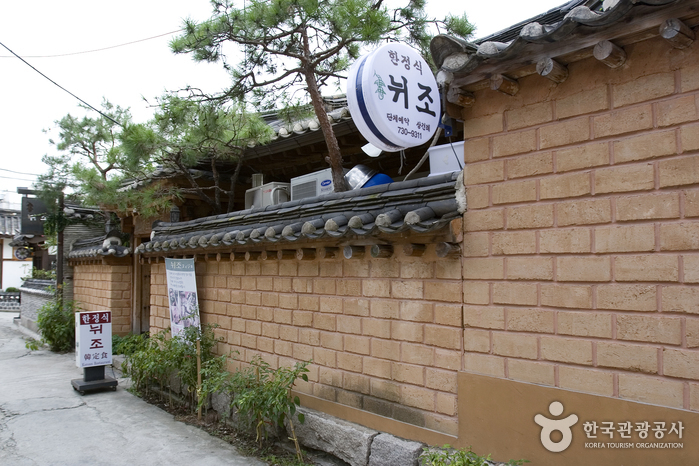
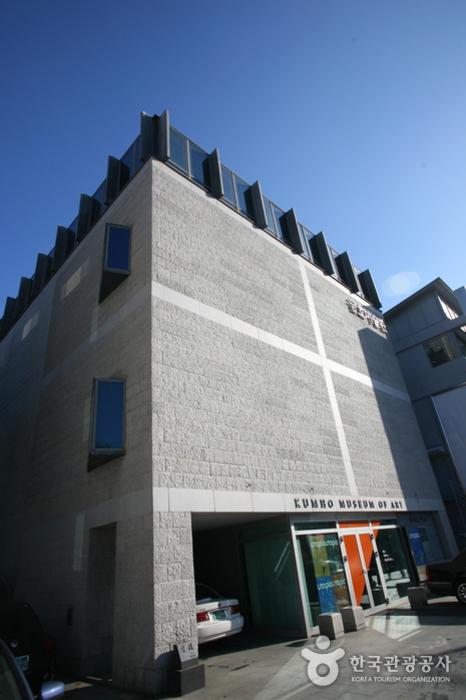
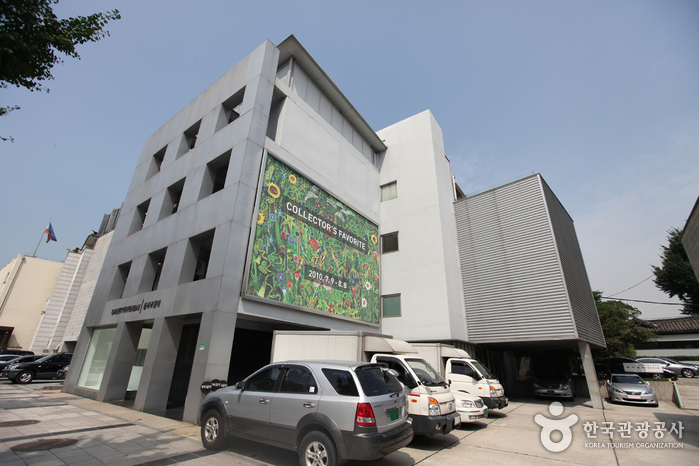

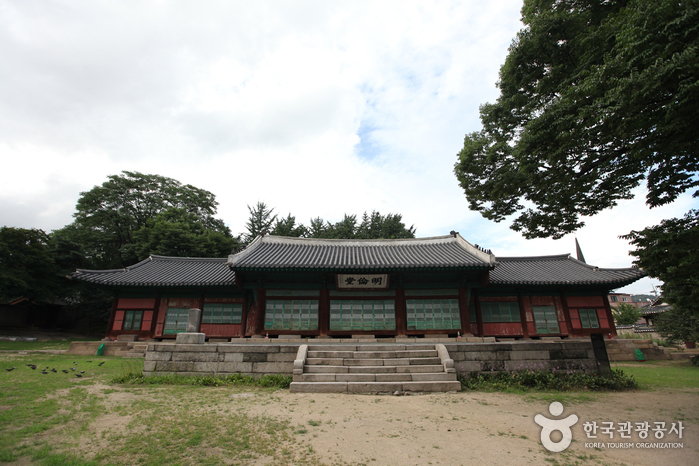
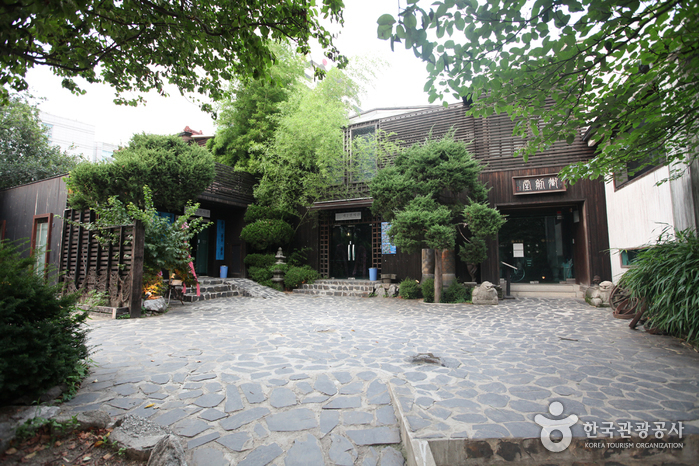
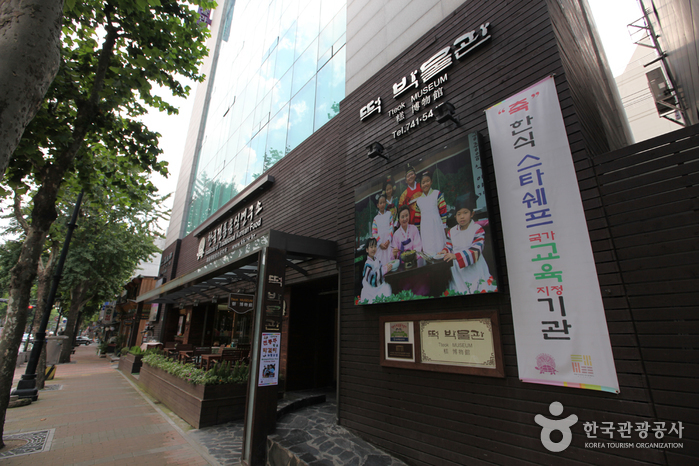
 Español
Español
 한국어
한국어 English
English 日本語
日本語 中文(简体)
中文(简体) Deutsch
Deutsch Français
Français Русский
Русский